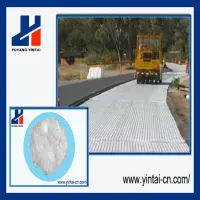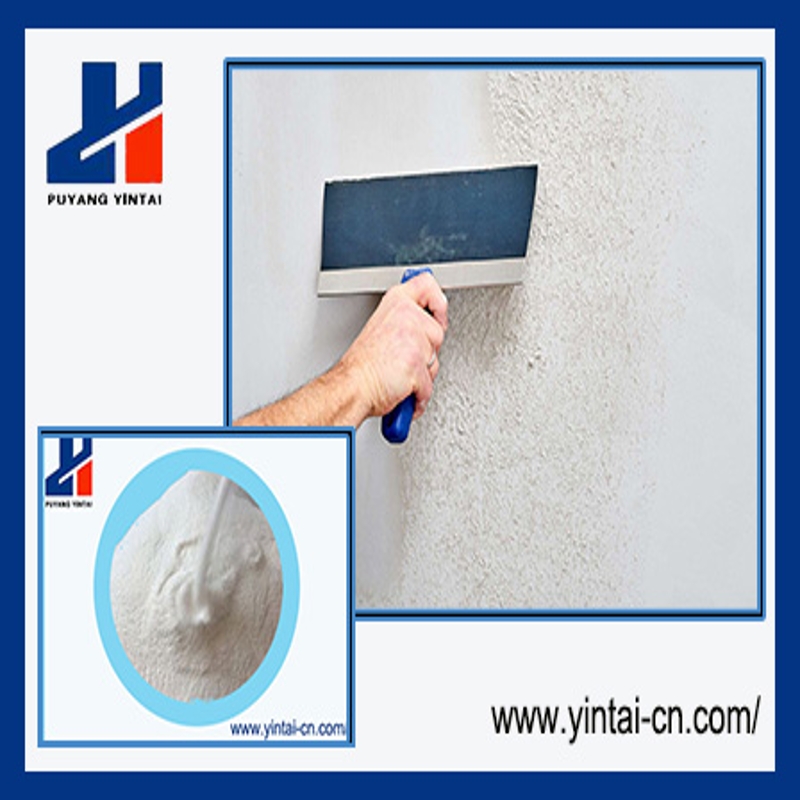-
Categories
-
Pharmaceutical Intermediates
-
Active Pharmaceutical Ingredients
-
Food Additives
- Industrial Coatings
- Agrochemicals
- Dyes and Pigments
- Surfactant
- Flavors and Fragrances
- Chemical Reagents
- Catalyst and Auxiliary
- Natural Products
- Inorganic Chemistry
-
Organic Chemistry
-
Biochemical Engineering
- Analytical Chemistry
- Cosmetic Ingredient
-
Pharmaceutical Intermediates
Promotion
ECHEMI Mall
Wholesale
Weekly Price
Exhibition
News
-
Trade Service
1.
Hydroxide and Oxide
Ag + reacts with strong alkali to generate white AgOH precipitate, AgOH is extremely unstable, and it is immediately dehydrated and transformed into brown-black Ag 2 O.
No white precipitate is observed at room temperature
.
AgOH can be obtained by reacting strong alkali with ethanol solution of soluble silver salt below 228K
.
Add appropriate amount of ammonia to the AgNO 3 solution, and immediately brown-black Ag 2 O precipitates (no white AgOH precipitates are observed).
If the ammonia is excessive, the precipitates will dissolve into a colorless solution
Ag 2 O is poor in stability and decomposes at 200°C
.
2Ag 2 O=4Ag+O 2
Ag 2 O reacts with hydrochloric acid to transform into AgCl precipitation
.
Ag 2 O+2HC1=2AgCl+H 2 O
2.
Silver salt
Silver and all halogens can form stable compounds
.
AgF is an ionic compound with very high solubility in water (the solubility exceeds 13mol·dm -3 )
AgCI (white), AgBr (light yellow), and Agl (yellow) are all hard to dissolve in water.
As the halide ion radius increases, the covalentness of silver halide increases, the solubility decreases successively, and the color deepens successively
.
Silver halide has photosensitivity, that is, it decomposes into Ag and X 2 under the action of light
.
Black Ag2S is hardly soluble in water, but soluble in hot concentrated nitric acid (heating accelerates the reaction) or CN - solution
.
AgNO 3 is easily soluble in water and decomposes when exposed to light or heated to 440°C.
It must be stored in a brown bottle
2AgNO 3 =2Ag+2NO 2 +O 2
Ag 2 SO 4 , white, slightly soluble in water (the solubility product is 1.
2×10 -5 )
.
3.
Coordination Compound
AgCI can be dissolved in ammonia water, AgBr can be dissolved in Na 2 S 2 O 3 , and Agl can be dissolved in KCN solution
.
AG + monodentate ligand forming a coordination number of two rectilinear complexes, such as [AG (NH2 .
[Ag(NH 3 ) 2 ] is used to make thermos flasks and mirror silver plating
2 [of Ag (NH2 .
This reaction is called the silver mirror reaction and is often used to identify aldehydes







